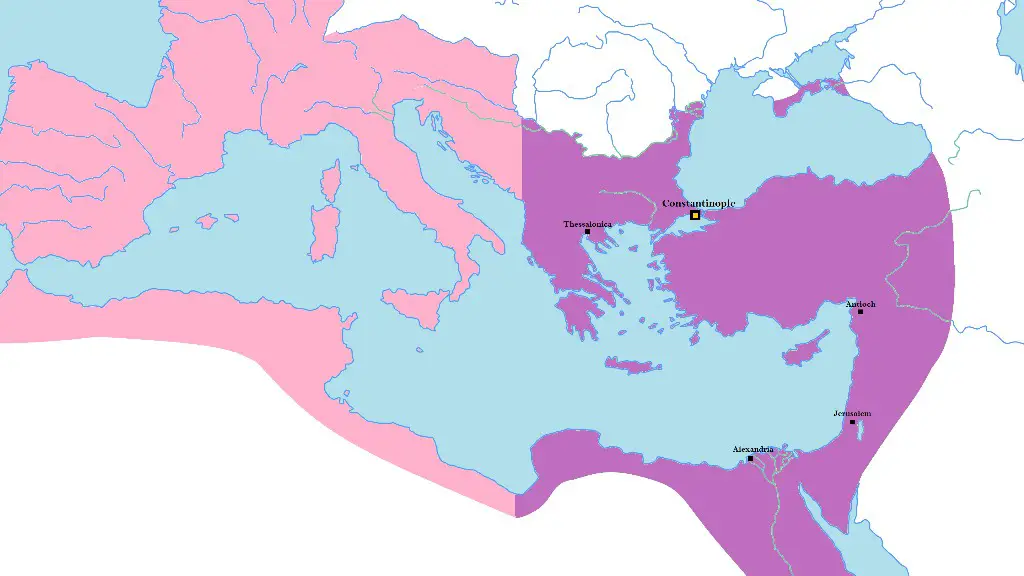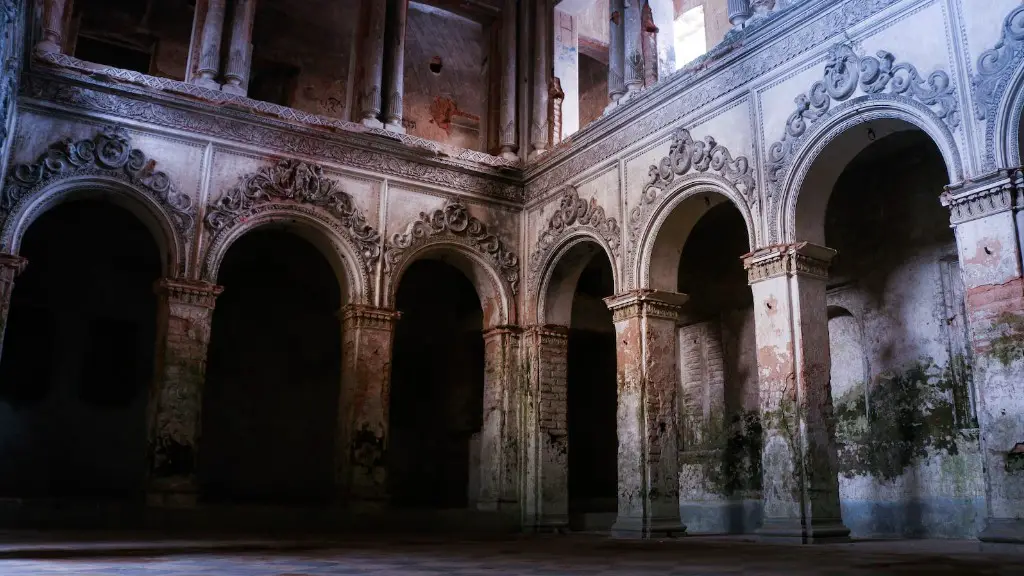What is Ancient Rome?
Ancient Rome is a fascinating period in history that is still studied today. The city of Rome was founded near the Tiber River in 753 B.C. by Romulus and Remus, the mythical twin sons of Mars, the god of war. Ancient Rome was a powerful and influential city-state in Europe that was the center of the Roman Empire from 753 B.C. until its fall in 476 A.D. Ancient Rome’s culture, art, and law have had a huge impact on the world today, and its influence still shapes modern society.
The city of Rome grew in importance as the centuries passed, and its influence extended outwards to cover much of the Mediterranean. The Roman government adopted certain aspects of the cultures of the neighboring peoples and adapted them to the Roman way of life. The system of government that developed was influential in the development of law and governance throughout Europe, and its political structure had an impact on nations around the world.
The Roman Empire also had a great deal of military power. The Roman army was incredibly well-disciplined and was led by some of the greatest generals in history. It was this strength that enabled the empire to expand and maintain its domination over the lands it had conquered. As Roman control expanded beyond the Mediterranean, it brought with it many enduring aspects of its infrastructure, ideas, and culture.
Historical Timeline
The history of Ancient Rome begins with the founding of the city in 753 B.C. Rome quickly rose to prominence and began a period of expansion, which was aided by its strong military and wise leaders. The period of expansion was halted by the Punic Wars, a series of conflicts fought between the Roman Republic, and the Carthaginian Empire in North Africa. In 146 B.C., the Roman Republic emerged victorious and began to expand further. This period of expansion led to the formation of the Roman Empire in 27 B.C.
The Roman Empire was then divided into East and West by Emperor Diocletian in 286 A.D. This division held until 395 A.D., when the Roman Empire was reunited under the rule of Emperor Theodosius I. During this period, the Roman Empire reached its greatest size and strength, with the majority of Europe and much of the Middle East under its control.
The fall of the Roman Empire came in 476 A.D., when Romulus Augustus was deposed by the Germanic King Odoacer. The collapse of the empire ushered in a period of instability, which lasted until the emergence of the Holy Roman Empire in the late 10th century A.D. The legacy of Ancient Rome still lingers today, and its influence can still be seen in the art, architecture, and law around the world.
Ancient Roman Art and Architecture
Ancient Roman art was strongly influenced by the art of the Greeks, with whom the Romans had many close contacts. Roman art is characterized by precision and realism, and is noted for its use of perspective, depth, and drama. Ancient Rome also developed its own unique style, which was a mix of Greek and Etruscan styles.
Ancient Roman architecture was renowned for its grandeur and was used to create awe-inspiring public buildings, such as the Coliseum. The most famous example of ancient Roman architecture is the Pantheon in Rome, which is still standing today. Roman architecture is characterized by symmetry and precision, and its influence can still be seen in the architecture of modern-day Europe.
The Legacy of Roman Law
The legacy of Ancient Rome can also be seen in its laws and legal system. Rome developed its own system of traditional laws, known as the Twelve Tables, which were the basis of Roman law. This legal code served as a model for legal systems throughout Europe, and its influence can still be seen in countries today.
The Roman legal system also provided the basis for Roman civil law, which is still used in much of the world today. This legal system also helped to ensure the rights and property of citizens, and to guarantee the fairness of legal proceedings.
The Roman Republic
The Roman Republic was the period of Ancient Rome from 509 B.C. until the time of Julius Caesar. The Republic was a form of government that was similar to that of a modern democracy, with citizens voting for representatives who then voted on behalf of the population. This period was marked by a period of stability and prosperity, and the system of government was influential in the development of law and governance throughout Europe.
The Roman Empire
The Roman Empire succeeded the Roman Republic in 27 B.C., when Julius Caesar became Emperor. This period was marked by a period of expansion, with Rome conquering much of Europe and the Mediterranean. The Roman Empire also adopted many aspects of the cultures of the people it conquered, and its influence extended far beyond the borders of the empire.
The Roman Empire was known for its strong system of government, with two ruling emperors, a Senate, and a system of taxation. It was also marked by a period of technological advancement, with the development of roads, aqueducts, and monuments. The Roman Empire ultimately fell in 476 A.D., but its legacy can still be seen today in the art, architecture, and law of many countries.
Decline and Fall of the Roman Empire
The decline of the Roman Empire was a long and complex process, which began in the late Third Century. The empire was slowly weakened by a series of invasions, political turmoil, and economic decline. By the Fourth Century, the empire was in decline, and it was further weakened by the emergence of Christianity as the official religion.
The fall of the Roman Empire was ultimately brought about by a series of invasions by the Visigoths, the Vandals, and the Huns in the Fifth Century. These invasions led to a period of instability, which was further exacerbated by constant civil unrest. The final blow to the Roman Empire came in 476 A.D., when the last Western Emperor, Romulus Augustus, was deposed by the Germanic King Odoacer.
Impact of Ancient Rome
The legacy of Ancient Rome is still felt today, in the art, architecture, and law found throughout the world. The Roman Empire was an incredibly influential period in history, and it played a key role in the development of many aspects of modern society. The impact of Ancient Rome can still be seen in the laws, political systems, and cultures of many countries and it is a fascinating period of history that is still studied today.

